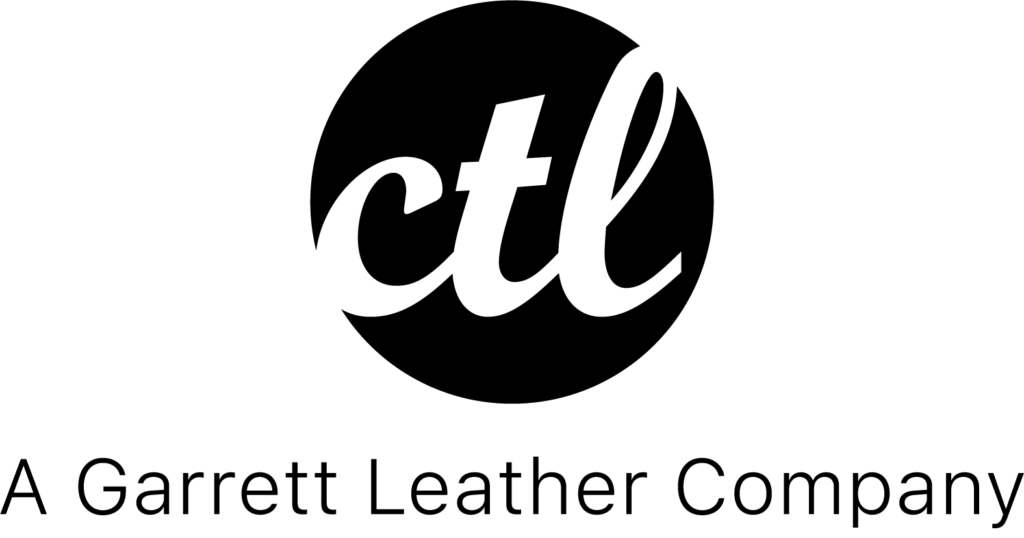Cut & Sew
From our origins servicing the contract, motion and stationary upholstery industries, CTL’s Cut & Sew program has evolved over the last 15 years to include service to the hospitality, automotive, marine and aviation industries.
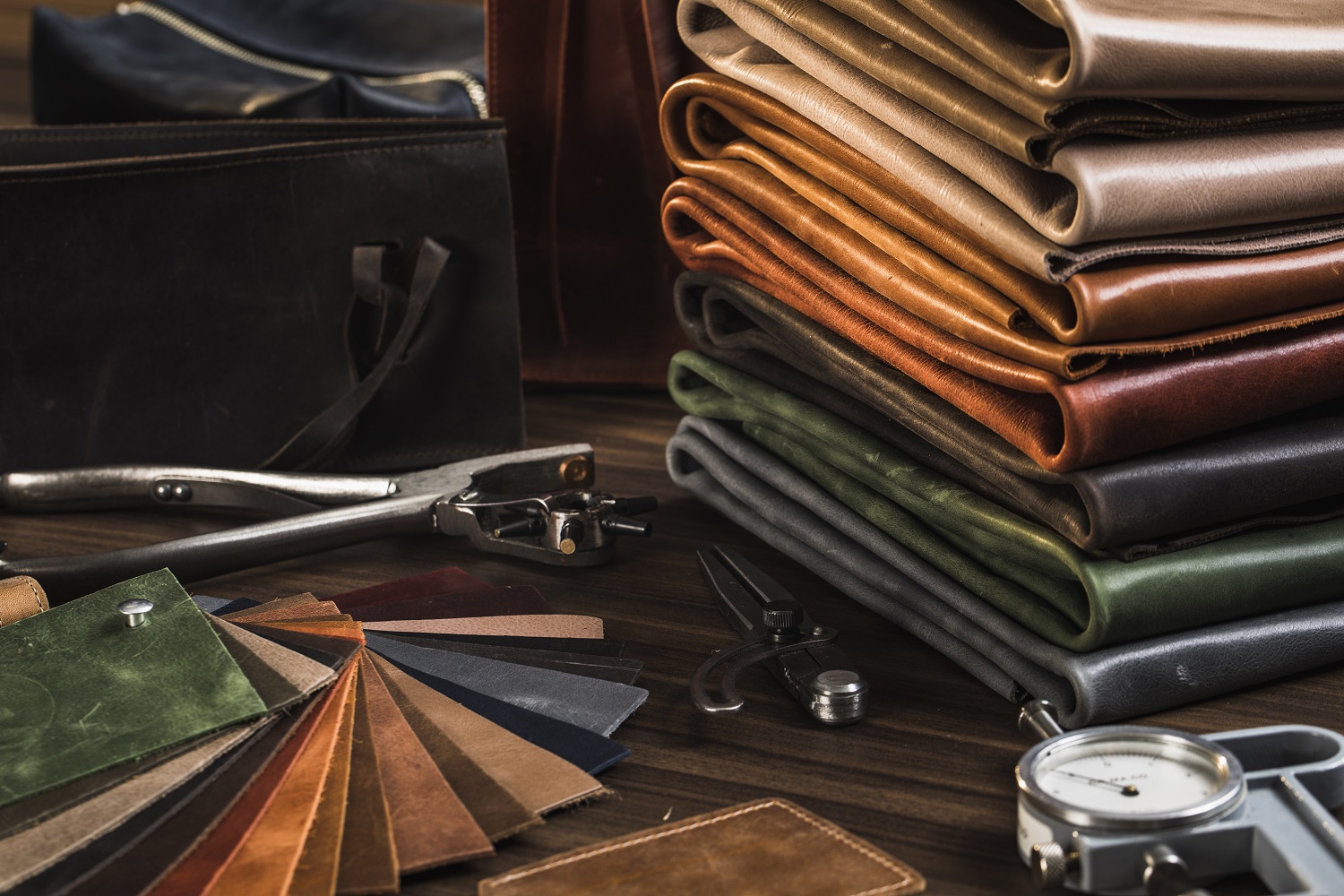
At CTL, we work as an extension of your company whether you require large volume production, a small “quick-ship” program or a value-added way to produce leather accessories. Our deep understanding of the properties and characteristics of leather is supported by our strong relationships with leading worldwide tanneries, allowing us to offer simplified yet tailored solutions to get the job done as quickly as possible, while maintaining the high level of quality for which we’re renowned.
At CTL, our manufacturing processes are based on the principles of lean manufacturing and continuous improvement, to allow for greater manufacturing flexibility as well as immediate response to quality control issues.
Program
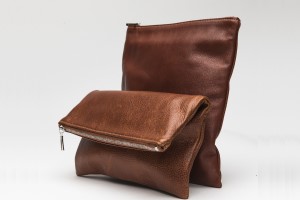
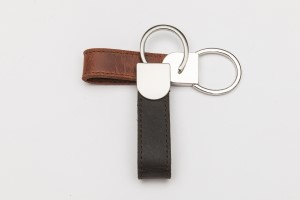
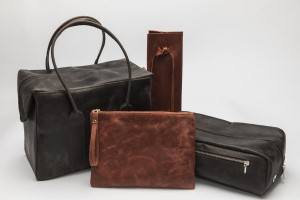
Our Cut & Sew Program features multiple facilities with the capability to handle runs of any size and meet all of our customer’s requirements. From our Toronto facility, CTL leverages the benefits of our leather hide stock to provide unique and customized programs for either volume or special orders, including vinyl match, from our extensive product inventory.
At CTL, we pride ourselves on short lead times, responsive service and being a cost-effective and flexible partner for all your upholstery needs.
Cut & Sew Services Include:
- “Quick-Ship” program
- Vinyl match for corrected leathers
- Strict quality control guidelines
- Pattern design & development services including modifications and adjustments
- COM program (leather, vinyl, fabric)
What We Need to Get Started:
- Patterns (paper or cardboard)
- Sewing instructions and specifications
- Lining and Zippers specifications
- Sample sewn cover
Please contact us to request more information about our Cut & Sew Program.
Quality Control
The following control plan is implemented for all cut & sew programs:
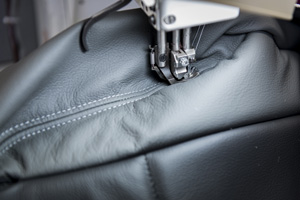
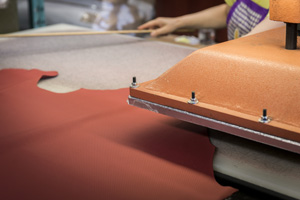
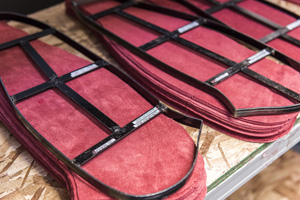
1. Pattern Development
- Iterative development procedure
- Leather cutting standard definition on physical patterns including “notching” to simply sewing procedures
- Sewing instruction definition
- Final Inspection definition by part
- Packaging definition by part
2. Leather Cutting Standards
- Established with customer and are part-specific
- Tiered cutting standards for multi-level classification
- Documented standards used by cutting and inspection team
3. Dye-Lot Control
- Triplicate Master Files
- Documented labeling and approvals
- Spectrophotometer backup by shipment (leather and vinyl)
4. Iterative Quality Control Program for continuous improvement
5. Production Control Plan for Product Free of Flaws
- Primary Inspection: at cutting tables using pattern standards
- Secondary Inspection: 100% cut part inspection using pattern standards
- Tertiary Inspection: 100% questionable / rejected cut part inspection by manager
- Sewing Inspection: visual inspection by sewers for any noticeable flaws
- Final Inspection
- 100% inspection of finished part (leather, seams, etc.)
- Physical covers with documented inspection points used in final inspection
- Random sampling by Production & QC Managers – all shipments
- 100% Traceability of all parts back to source
